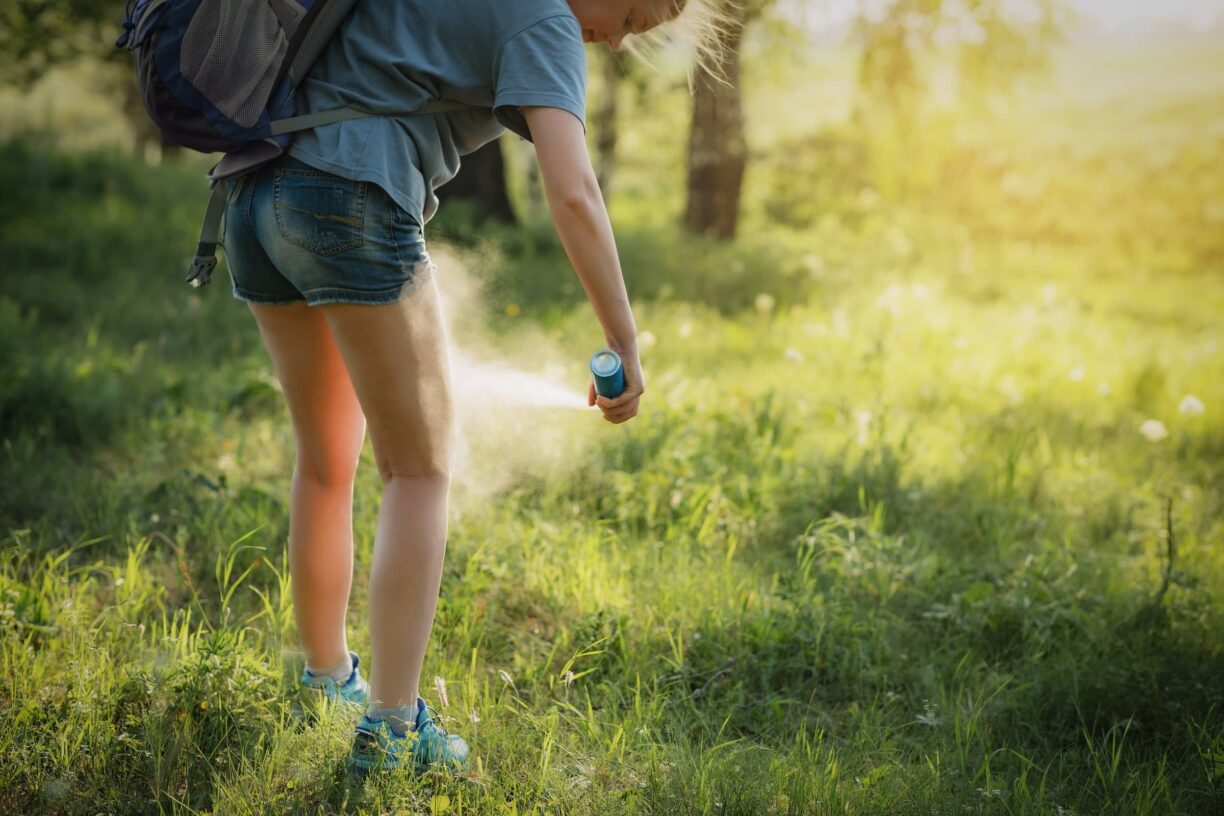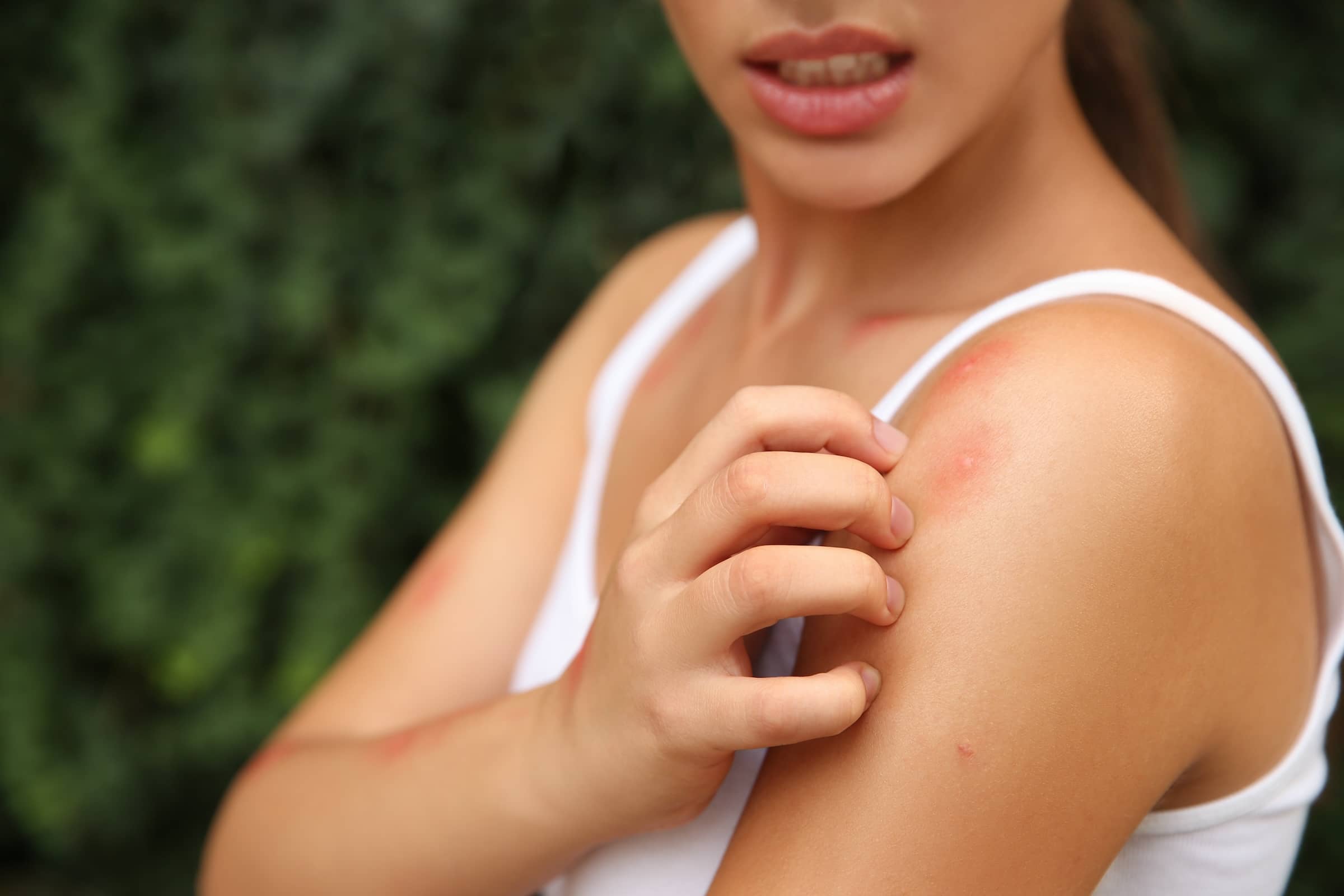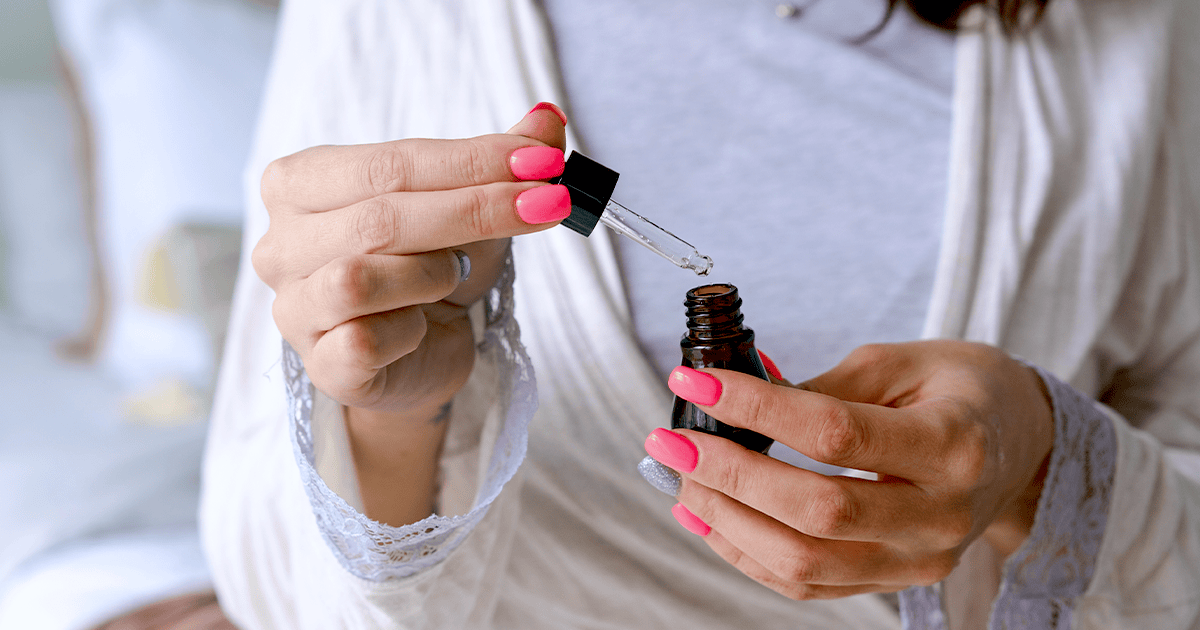As temperatures rise, so does the arrival of various insects, each with its own unique bite. Knowing how to identify these bites is crucial for quick and effective treatment.
To aid in this, Superdrug’s Pharmacy Superintendent Niamh McMillan, has compiled a list of 10 common bug bites found in the UK, along with tips on how to recognise what bit you.
Mosquito Bites: Mosquitoes are a classic summer nuisance. They are characterised by small, raised, red bumps with a central puncture mark.
They often occur in clusters and are accompanied by itching and mild swelling.

Horsefly Bites: These bites are larger and sometimes more painful than mosquito bites, with swelling, redness, and sometimes bruising.
Tick Bites: Tick bites often go unnoticed in the beginning, but may result in a small, red bump or a distinctive bulls-eye rash.
Ticks can remain attached for several days, so careful inspection is necessary.
Wasp Stings: Wasp stings cause immediate sharp pain, followed by redness, swelling, and itching.
Unlike bee stings, wasp stings typically do not leave the stinger behind.
Bee Stings: Bee stings leave behind a stinger and can cause intense pain, redness, swelling, and itching.
The affected area may develop a white spot where the stinger punctured the skin.
Flea Bites: Flea bites are characterised by small, red bumps with a single puncture point in the centre.
They are intensely itchy and often appear in clusters, especially around the ankles and legs.
Bed Bug Bites: Bed bug bites typically occur in a line or clustered pattern and can be found on exposed skin areas while sleeping.
They result in small, red, itchy bumps and can be accompanied by swelling.
Ant Bites: Ant bites vary depending on the species. They may cause pain, swelling, redness, and itching.
Fire ant bites can result in a burning sensation and the formation of pustules.
Spider Bites: Spider bites can range from mild irritation to severe reactions. They often appear as puncture marks, accompanied by redness, swelling, and pain.
It is always best to seek medical attention if you suspect a spider bite, especially from a potentially venomous species.
Midge Bites: Midge bites are tiny, red, and intensely itchy. They often occur in large numbers and can be particularly irritating in coastal areas or near bodies of water.
“When dealing with bug bites, refrain from scratching to prevent infection. Wash the affected area with soap and water, apply a cold compress to reduce swelling, and use antihistamines to alleviate itching.
Use Superdrug Buzz Off Extra Strength BugRepellent Spray to prevent being bitten for up to 8 hours and enjoy the outdoors with greater peace of mind this summer.”
“If symptoms worsen, head to a pharmacy where a pharmacist will be able to review your symptoms and if suitable, supply medication to help ease the discomfort.
At Superdrug pharmacies in England we provide an infected insect bite service as part of the newly launched Pharmacy First service.”
Pharmacy First is a service where pharmacists can provide people with professional health care advice, treatments, and medicines for seven common illnesses, instead of the patient going to a GP surgery.
The seven common health conditions that pharmacists are able to help with are sinusitis, sore throat, earache, infected insect bites, impetigo, shingles, and minor urinary tract infections in women.
Superdrug has private consultation rooms in every pharmacy to conduct the service and offer healthcare advice.
The Pharmacy First service is now available in Superdrug pharmacies in England, find out more: https://www.superdrug.com/pharmacyfirst





